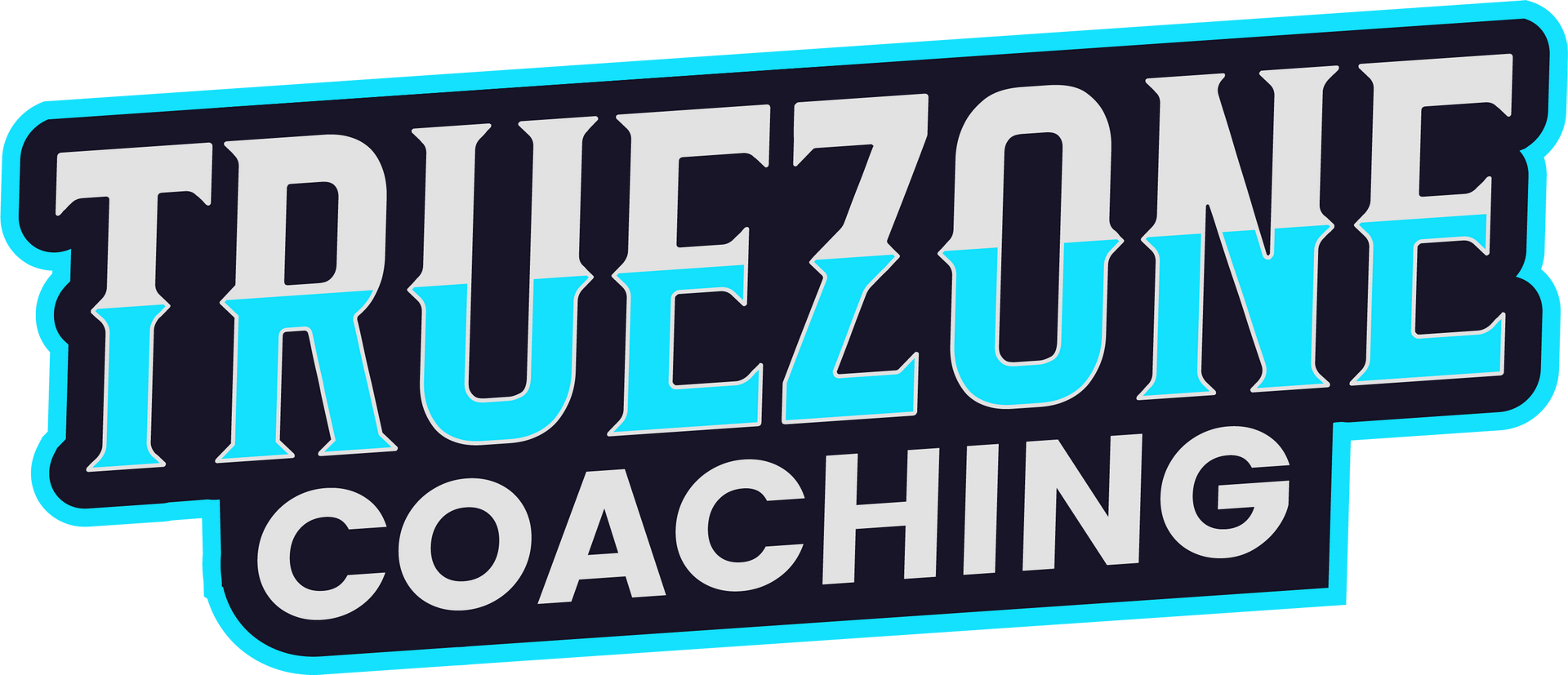All Hills Are Not Created Equal
Conquer the Climb: Why Hill Repeats Are Your Secret Weapon for Faster, More Efficient Running

Tired of feeling flat in your running? It's time to embrace the incline! Hill repeats, a classic workout for runners of all levels, are a powerful tool to boost your strength, speed, and overall running efficiency. While they might seem daunting, the benefits of incorporating hills into your training are immense, transforming you into a more productive and resilient runner.
Running uphill is essentially nature's resistance training, engaging muscles in a way flat running simply can't. Here's how hill repeats make you a better runner:
- Enhanced Muscle Strength: Pushing against gravity fires up your calves, quads, hamstrings, and glutes, leading to improved muscle tone and strength. This translates to more power on flat surfaces and easier tackling of challenging terrains.
- Increased Cardiovascular Endurance: Your heart and lungs work harder to pump blood and oxygen to your working muscles when climbing. This strengthens your cardiovascular system, making it more efficient during longer runs and boosting your overall cardiovascular fitness.
- Boosted Speed and Power: Hill repeats are often called "speedwork in disguise". Short, intense uphill sprints develop strength, speed, and turnover, conditioning your body for faster paces on flat ground.
- Improved Running Form: Hills naturally encourage better running posture. You'll likely lift your knees higher, lean slightly forward from your ankles, and push off more aggressively, leading to a more efficient running form and preventing overstriding.
- Mental Toughness: Let's be honest, hills are hard. But conquering them builds grit and determination, helping you push through fatigue during races and develop a formidable mental attitude.
- Increased Running Economy: Studies show that running uphill can improve your running economy, making you a more efficient runner by increasing your cardio capacity and aerobic energy production. The better your running economy, the faster and longer you can run before fatigue sets in.
Types of Hills and How to Run Them
The type of hill repeat workout you do depends on your goals and the hill's characteristics. Here's a breakdown:
- Hill Sprints (Short, Steep Hills): These involve running very short (around 50m), intense uphill sprints, usually less than 30 seconds in duration, on a steep hill (8% gradient and above). Sprint up at near 90% of your maximum effort, then walk or jog back down for recovery. This builds leg strength, power, and works fast-twitch muscle fibers.
- Long Hill Repeats (Long, Moderate Hills): For building strength and endurance, find a long, moderate-grade hill (5-8% gradient). Run hard up the hill at around 5K effort for 60-90 seconds, then jog back down for recovery. This sustained effort develops tremendous strength in your glutes, quads, calves, and core.
- Hill Climbs (Extended Hills): These are performed on extended hills with a 4-10% incline, taking 10 minutes or more to run. Maintain a moderate pace, not a sprint speed. Hill climbs improve fatigue resistance, crucial for long-distance running performance.
- Progression Runs: These are a great way to build mental stamina for pushing through fatigue during a climb.
General Hill Running Techniques:
- Lean Forward: Lean slightly forward from your ankles, not your waist.
- Head Up, Eyes Forward: Keep your head up and your eyes on the top of the hill.
- Shorten Stride, Increase Cadence: Shorten your stride and increase your steps per minute.
- Drive Arms and Lift Knees: Lift your knees and drive your arms for momentum.
- Breathe Deeply: Breathe deeply and rhythmically.
- Focus on Effort, Not Pace: Due to varying grades, hill repeats are typically done based on effort rather than a predefined pace.
Understanding Your Hills: The Slope Calculator
To effectively incorporate hill repeats into your training, it's helpful to know the gradient of the hills you're tackling. A slope calculator allows you to input your starting and ending altitude along with the distance to determine the slope of any hill segment.
You can use an online tool like the Grade-Adjusted Pace (GAP) Calculator to understand the steepness of your hills. This calculator can help you conceptualize the grade as a percentage, which is commonly used in running.
Ready to take your running to the next level? Start incorporating hill repeats into your routine and experience the incredible benefits firsthand. Your stronger, faster, and more efficient runner self will thank you!
Learn more about our training programs and schedule a free consultation with a coach by visiting: https://www.TrueZoneCoaching.com
#HillRepeats #RunningTips #RunnersLife #TrailRunning #SpeedWork #RunningMotivation #FitnessGoals #EnduranceTraining #RunStrong #TrueZoneCoaching
